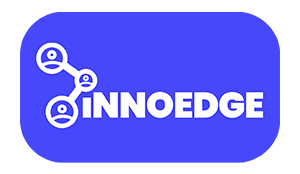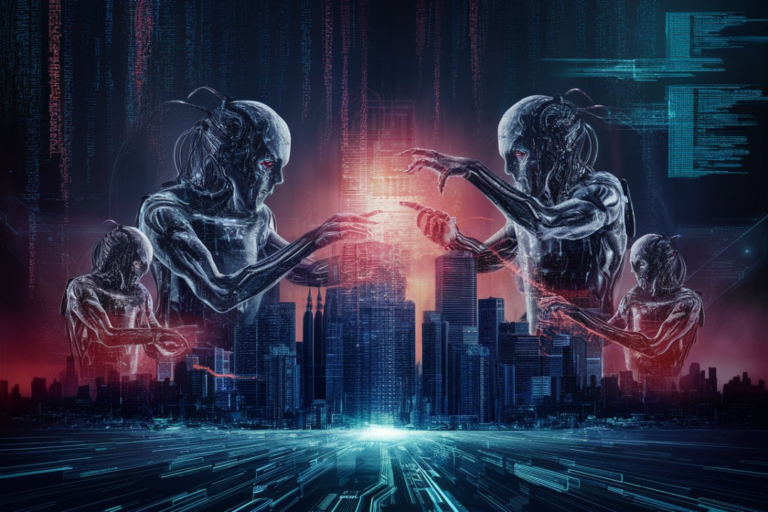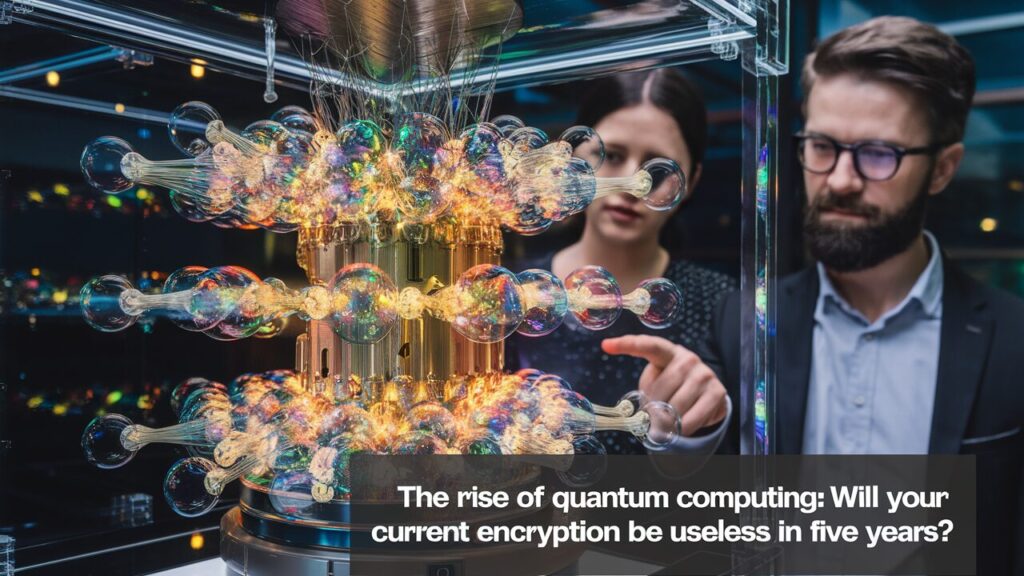As artificial intelligence (AI) continues to advance, its potential for both beneficial and malicious use grows. While AI can enhance cybersecurity defenses, it also provides powerful tools for cybercriminals to create more sophisticated and elusive threats. Understanding how adversaries leverage generative AI and implementing strategies to protect against these threats is crucial for businesses today.
The Rise of AI-Generated Cyber Threats
AI-Generated Malware: Generative AI enables the creation of polymorphic malware, which can change its code with each infection. This makes it difficult for traditional signature-based detection methods to identify. This malware often employs techniques like encryption and obfuscation to conceal its true functionality (Palo Alto Networks).
Advanced Phishing and Social Engineering: AI-powered tools can generate highly convincing phishing emails by mimicking human writing styles and using proper grammar and contextually relevant content. These tools analyze vast amounts of data to create personalized phishing campaigns that are more likely to deceive recipients. Additionally, AI-driven chatbots and voice synthesis can produce realistic interactions, further enhancing the effectiveness of social engineering attacks (Palo Alto Networks).
Deepfakes: Deepfake technology, driven by AI, allows cybercriminals to create fake audio and video content. This can be used to impersonate executives or other trusted individuals, creating a false sense of urgency or authenticity. This manipulates victims into divulging sensitive information or performing actions that benefit the attacker (Microsoft Cloud).
Protecting Against AI-Driven Cyber Threats
To defend against these sophisticated AI-driven threats, businesses must adopt a multifaceted approach that includes both advanced technology and robust cybersecurity practices.
AI-Enhanced Security Tools: Investing in AI-powered cybersecurity solutions can help businesses detect and neutralize novel threats. Tools like Palo Alto Networks’ Cortex XDR leverage dynamic detection and behavioral analysis to identify and stop new types of malware and other threats in real time (Palo Alto Networks).
Multifactor Authentication (MFA): Implementing MFA for all users, especially for administrator functions, significantly reduces the risk of account takeover. Microsoft reports that enabling MFA can reduce account compromise by over 99% (Microsoft Cloud).
Zero Trust Models: Adopting a Zero Trust security model ensures that every access request is fully authenticated, authorized, and encrypted. This approach minimizes the risk of unauthorized access and enhances overall security posture (Microsoft Cloud).
Employee Training and Education: Regularly educating employees about the latest phishing techniques and social engineering tactics is essential. Training should include recognizing phishing emails, vishing (voicemail phishing), and smishing (SMS phishing), as well as understanding security best practices (Microsoft Cloud).
Behavioral Analytics: Utilizing behavioral analytics helps detect anomalous behavior and risky sign-ins, enabling quick identification and mitigation of potential threats. AI models can analyze user behavior patterns to spot deviations that may indicate a security breach (Microsoft Cloud).
Key Takeaways
- AI-Driven Threats: Generative AI is being used to create sophisticated cyber threats, including polymorphic malware, advanced phishing attacks, and deepfake scams.
- AI-Enhanced Defense: Leveraging AI in cybersecurity tools can help detect and neutralize new threats more effectively.
- MFA and Zero Trust: Implementing multifactor authentication and adopting a Zero Trust security model are crucial steps in enhancing cybersecurity.
- Continuous Education: Regular training and education of employees on the latest cyber threats and security practices are essential for maintaining a strong defense.
Conclusion
The use of generative AI by malicious actors presents significant challenges for cybersecurity. However, by adopting AI-enhanced security measures, implementing robust practices like MFA and Zero Trust, and continuously educating employees, businesses can fortify their defenses against these evolving threats. Staying proactive and leveraging the latest technologies will be key to maintaining a secure environment in the face of increasingly sophisticated cyber threats.



